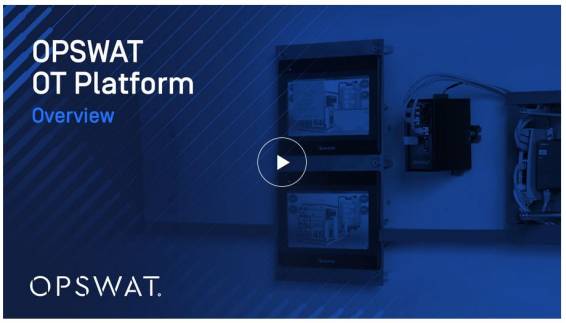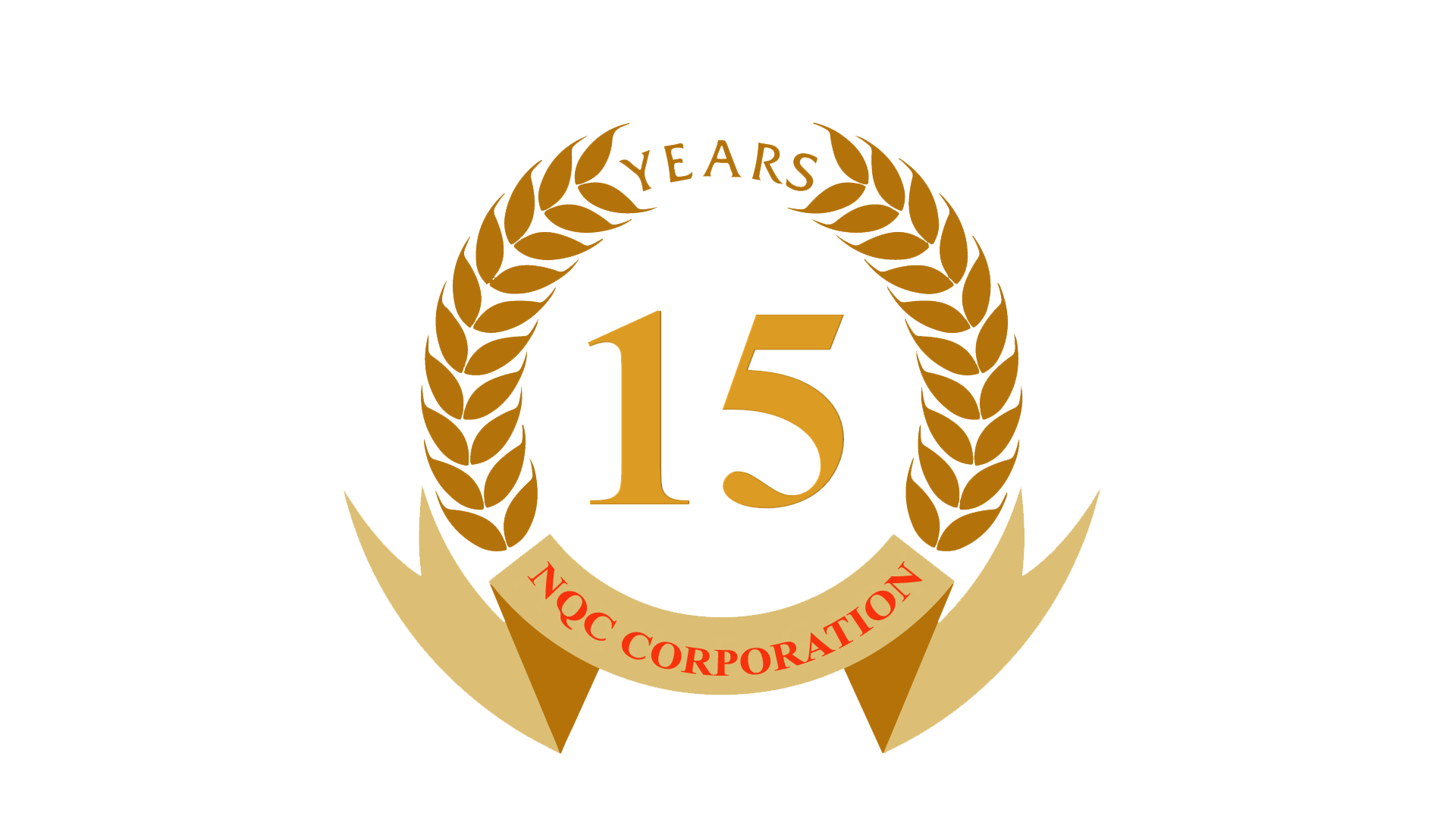Other popular use cases are available to further enhance compliance. Specifically, the kiosks provide “closed-loop” media control via the OPSWAT software client or the OPSWAT USB Firewall. A closed-loop system prevents any introduction of malicious content or changes to content while in transit from the kiosk to the destined system.
For critical environments where software installation could affect vendor warranty on existing systems, the USB Firewall provides a no-install option for closed-loop control.
MetaDefender Kiosk can be obtained as a turnkey system or installed on the client’s preferred hardware or VM based systems.
MetaDefender Kiosk to Vault with Unidirectional File Transfers
The 3rd Closed Loop option for MetaDefender Kiosk provides for the security of Data at Rest and Data in Transit. In this use case, the Kiosk provides workflow control where files are delivered unidirectionally using NetWall USG to MetaDefender Vault, hosted on the target network.
MetaDefender Vault provides tiered supervisory authentication, authorization, approval, and audit reporting when transferring, storing and retrieving files into and out of protected network segments.

- Users enter all media into the Kiosk and select MetaDefender Vault as the destination
- File processing begins immediately by Vault in parallel to the facility entry workflow so the user does not need to wait on local processing but can proceed into the facility
- The Kiosk Ticketing system provides the user with a unique temporary printed code that provides timed network access to the validated/sanitized files stored in MetaDefender Vault hosted by the client from within the facility
- Unidirectional Security Gateway option: For high security “Security-in-Transit” environments, NetWall USG and Data Diodes can be added to further secure network transfers from MetaDefender Kiosk to Vault. This network device can be added to secure traffic as one-way only and guard against the potential misconfiguration (intentional or malicious) of firewalls.
All files in MetaDefender Vault are AES encryption secured, monitored, and checked for malware using 30+ anti-malware engines, sanitized, and quarantined based on configuration and workflow policies.
MetaDefender Vault to Kiosk (Data Loss Prevention)
Vendors and contractors often need to extract files from a facility for debugging and analysis purposes. In this use case, the data flow originates with MetaDefender Vault and flows to the Kiosk where the authenticated and authorized user can extract the files using approved media. Data Security and Data Privacy rules are enforced through pre-defined data redaction rules assigned to the relevant workflow(s).
These data redaction and workflow rules are designed to enhance GDPR, NIST, HIPAA, HITRUST, ISO/IEC, and ISA/IEC data security and data privacy compliance. All data transfers and workflow configuration changes are logged for detailed audit reporting.
MetaDefender Vault to Vault (Data in Transit Protection)
Whether you are working with NIST, NERC CIP, AWIA, ISO/IEC, or ISA/IEC, cybersecurity standards generally recommend that systems be profiled and grouped according to risk (threats, vulnerabilities, and consequence of compromise). These grouped systems share similar security profiles and therefore can be more efficiently and effectively secured.
System groupings are referred to in various industries with differing nomenclature. The more common terms are “Operational Network,” “Protected Network,” “Classified Network,” “Security Domains,” or “Security Zones.” Data in Transit between these Domains or Zones are then referred to as “Cross Domain” transfers, or “IT/OT” transfers, and transfers across “Network Segments.”
For operational purposes, files will need to be securely transferred between these security zones in a controlled, monitored, and logged process.
With OPSWAT MetaDefender Vault installed in each Security Zone, movement of files between zones can be multi-tier supervisory approved, secured in transit, audited, and secured at rest.

MetaDefender Drive
MetaDefender Drive can be used to scan laptops, workstations, and servers to identify any risks associated with malware, sensitive data loss, vulnerable binaries, and foreign country originated software. This can include remote use laptops, assets from employees, contractor machines, etc.
- OPSWAT Central Management: A detailed audit report is provided and can be centralized for multiple instances via the OPSWAT central management software.
- MetaDefender Vault: Drive can use MetaDefender Vault as a destination target.
- Forensics: Drive can copy all good files to another USB device
- Critical Infrastructure: MetaDefender Drive can handle older resource constrained systems as low as 1G RAM.
Use cases include:
- Inspection: Inspect all transient assets coming from outside the entity’s digital security perimeter which are intended to be reconnected to secure systems and networks.
- Supply Chain Final Check: Final inspection of purpose-built turnkey systems to be shipped to other entities.














